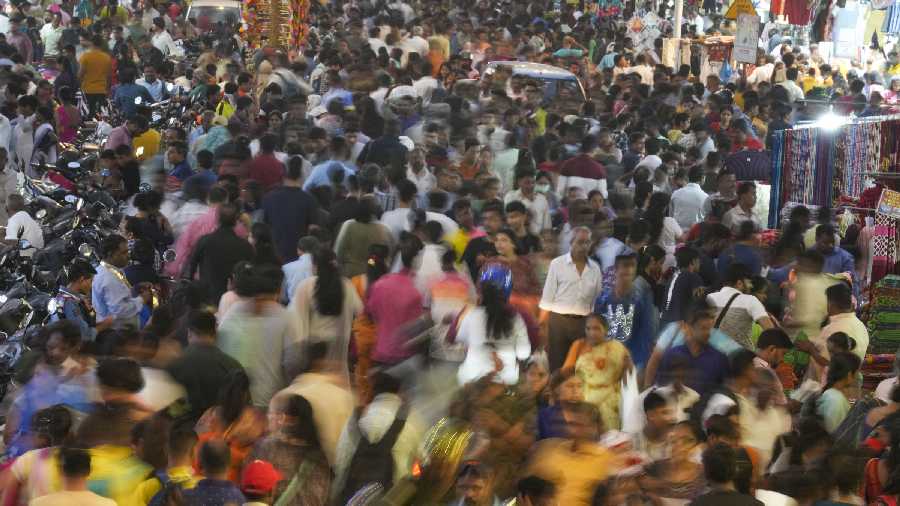The State of World Population 2023 published by the United Nations revealed that India’s population has overtaken China by 2.9 million. India has had a schizophrenic relationship with the size of its burgeoning population. On the one hand, it has been used to explain the country’s poverty and the State’s inability — failure — to improve average standards of living; on the other, it is touted as a demographic dividend that can spur economic growth. But the bane outweighs the boon. Rapid population growth makes eradicating poverty, combating hunger and malnutrition, and widening the coverage of health and education systems daunting challenges. Little wonder then that India’s performance on each of these crucial parameters leaves a lot to be desired. Worse, the burden is, in reality, double: populous India is also having to contend with the spectre of climate change. Resources like food and water — 820 million Indians are estimated to be water-stressed at present — that are already strained on account of extreme weather events will be made scarcer by the teeming numbers. Additionally, climate change is set to displace more people and leave greater areas arid and inhabitable.
The silver lining is that India’s population surge is stabilising, with its total fertility rate — the average number of children born per woman — falling to 2.0, which is below the replacement level. India’s policies of deepening public access to healthcare systems and enhancing family planning services are delivering: these need to be invested in and broadened. Mischievous political narratives blaming Muslims for India’s population burden must also be resisted as they fly in the face of facts: the National Family Health Survey-5 showed that the Muslim fertility rate has registered the sharpest decline over the past 20 years as compared to that of other religious groups. Other constituencies are forced to bear similar disproportionate shares of the blame. The poor are the favourite punching bag of policy and public discourse, deflecting attention from the government’s inability to eradicate poverty. Women, too, are blamed, even though female sterilisation constitutes 75% of modern contraceptive methods used in India; the corresponding figure for men is a little over 12%. This only goes to show that the battle against population is layered and ought to be fought in tandem with institutional efforts to reduce poverty and heighten the agency of women.
India’s ‘demographic dividend’ is yet another of these population-induced myths. Has India managed to take advantage of its young, working-age population? Data suggest otherwise. The Narendra Modi government’s disastrous record in employment generation has lent further urgency to the issue. There is one more aspect in which India needs to learn from the Chinese experience — the elderly population. India’s elderly population is projected to rise to 194 million in 2030 — a 41% increase over a decade. This would not only stretch India’s health and social welfare resources but also heighten the possibility of abuse, abandonment, loneliness and penury of this constituency.
Even before it stabilises, the sheer volume of India’s population is likely to test the welfare pledges of successive governments. The reneging of these promises could be inimical to social cohesion and democracy.










